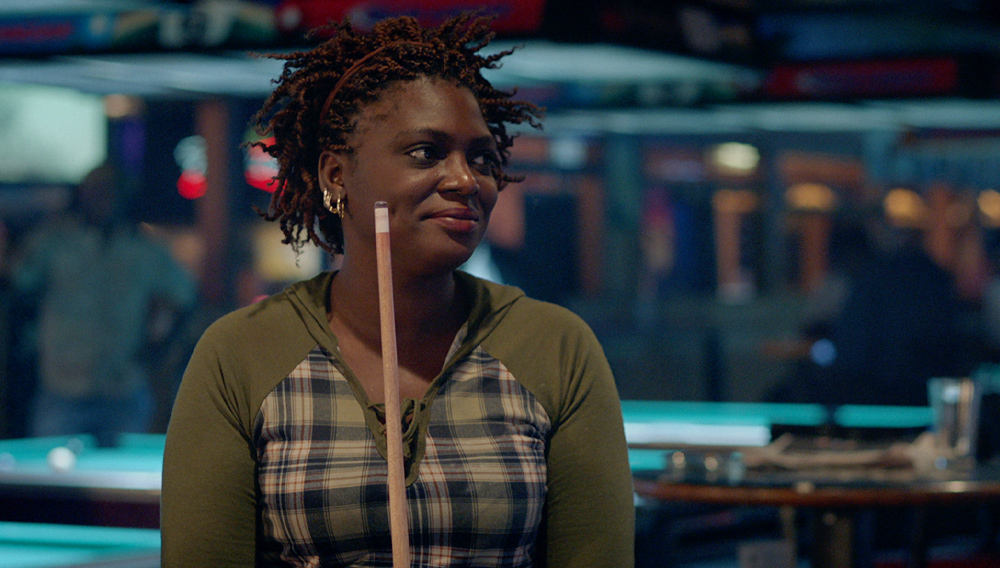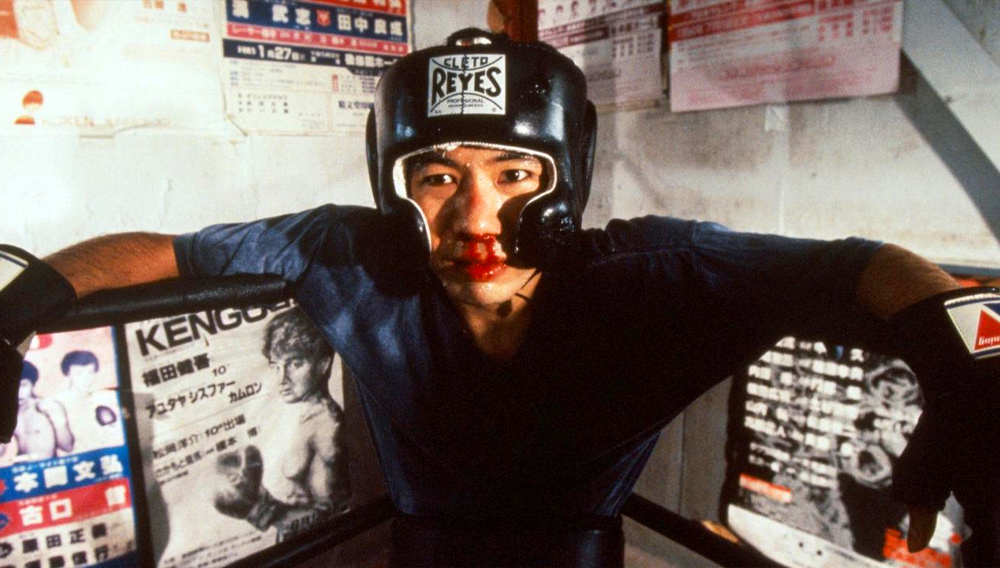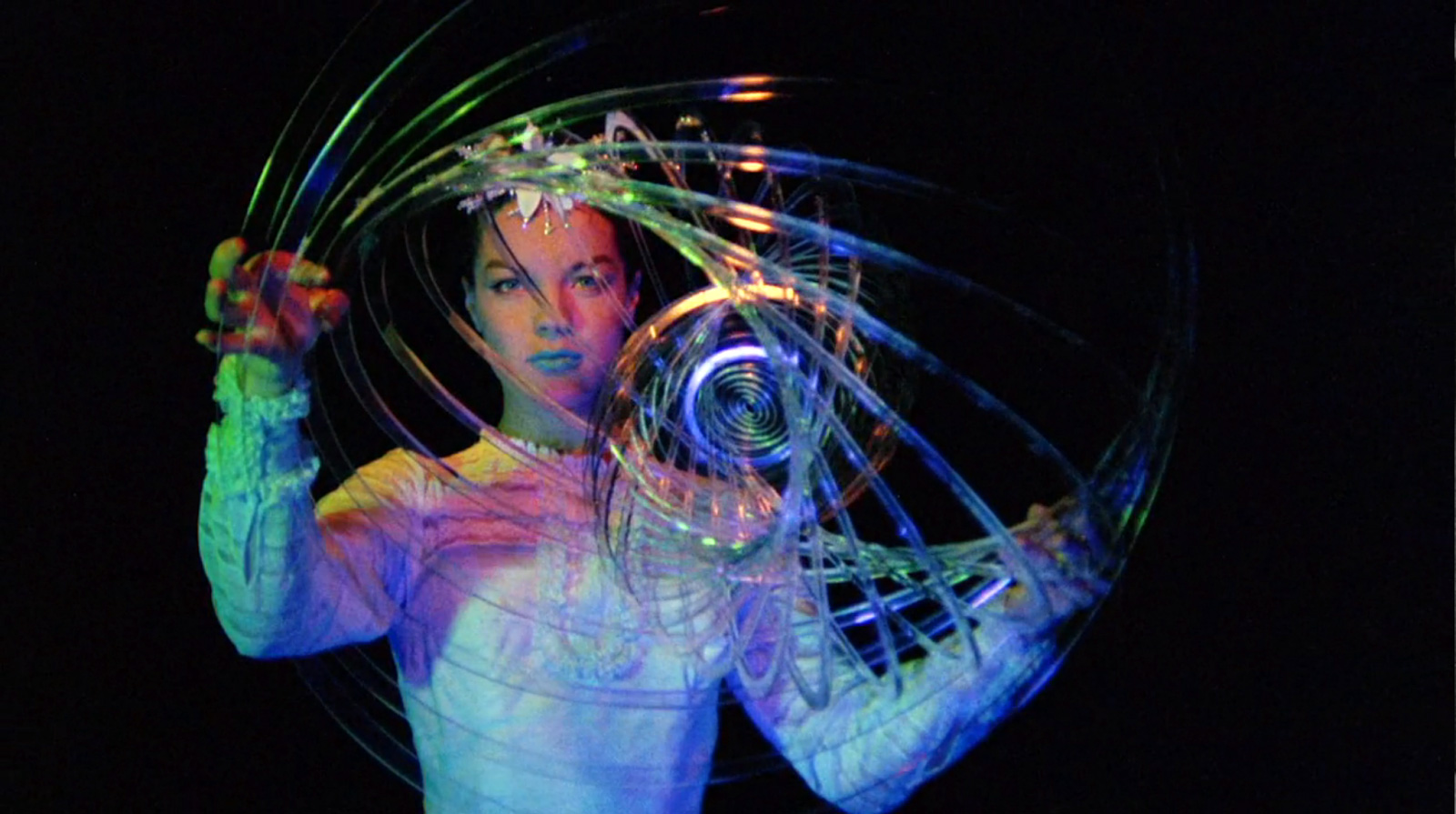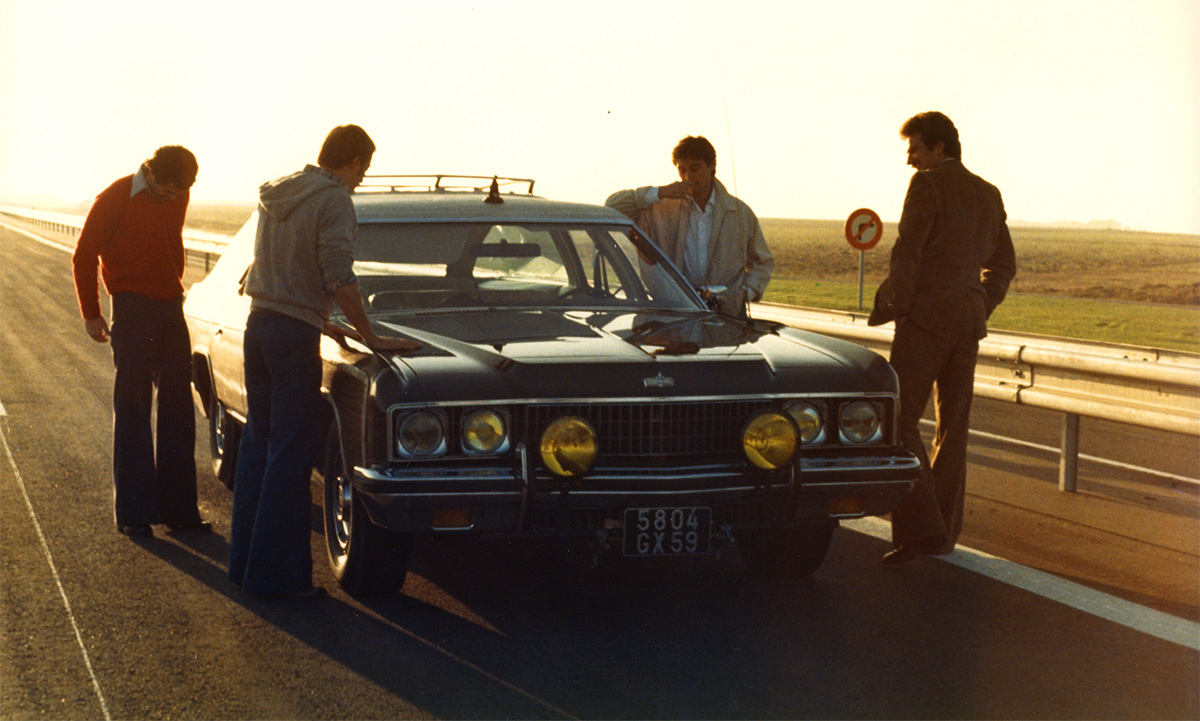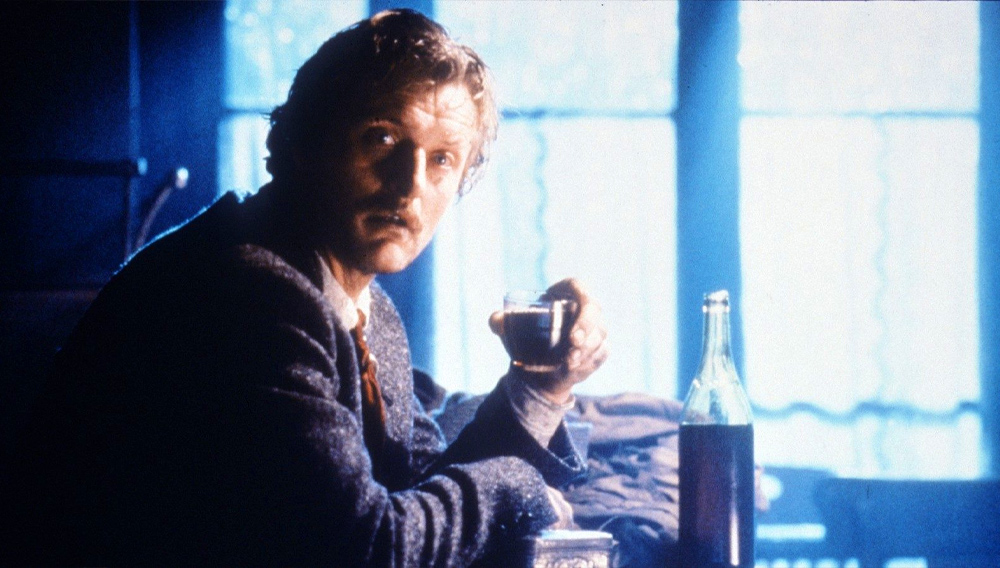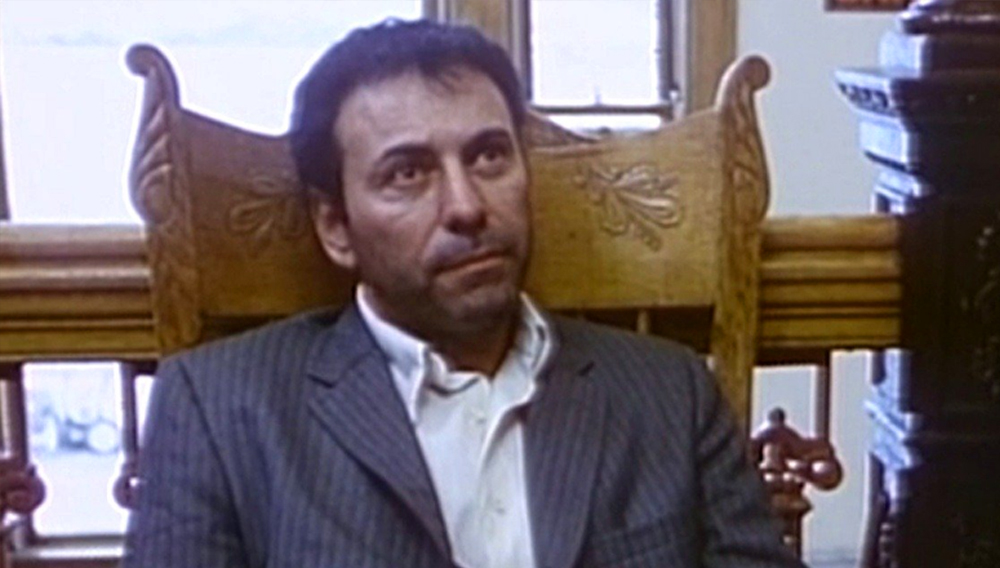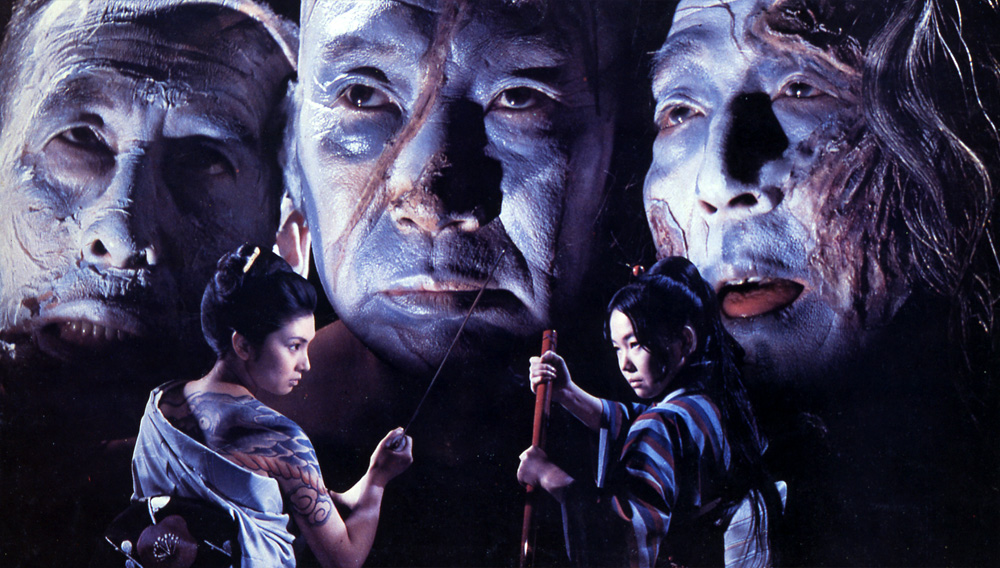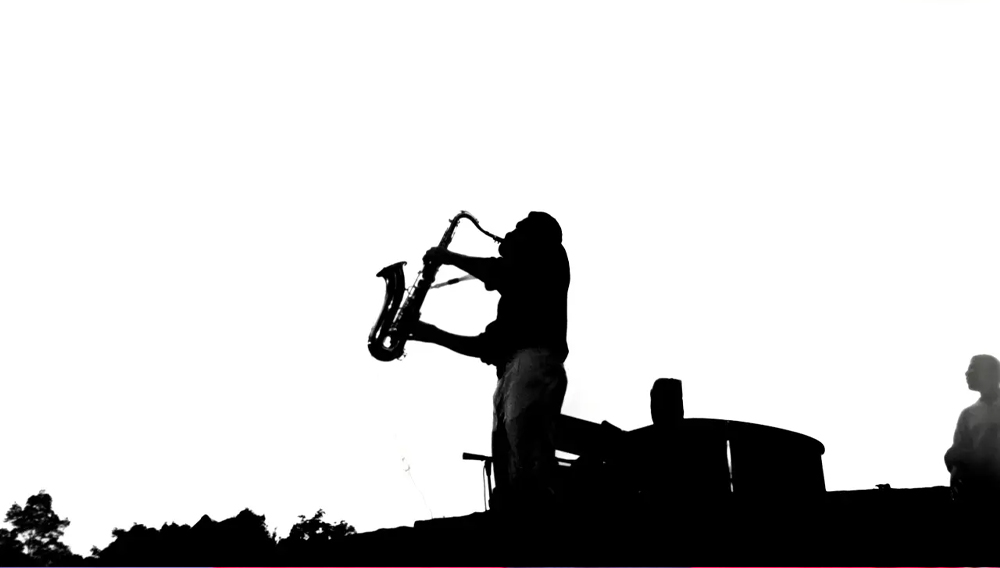“Robert L. Drew, a documentary filmmaker and the father of American cinéma vérité, died today at his home in Sharon, Connecticut,” reports Variety. “He was 90. In the early 1960s, Drew and his associates pioneered a kind of filmmaking that’s now a staple of the documentary form. Over a career that spanned more than five decades, Drew made more than 100 films, many on social issues, politics and the arts.”
From Vadim Rizov at Filmmaker: “It’s not oversimplifying to note that Drew’s Primary (covering the JFK-Hubert Humphrey faceoff in the 1960 Wisconsin primary) and Crisis: Behind a Presidential Commitment (examining the administration’s standoff against segregationist George Wallace) are two of the key documents of the Kennedy presidency, whose levels of candor, access and good judgment about where to point the camera when remain startlingly fresh.”
“Of course, it helps that his collaborators include future documentary legends Albert Maysles and D.A. Pennebaker,” wrote Nathan Rabin at the AV Club in 2003. “It also helps that Primary centers on an election featuring John F. Kennedy, arguably the most charismatic and photogenic American politician of all time…. Much of Crisis is almost unbearably tense, but wonderful moments of humor alleviate that tension, as when a call between Robert Kennedy and his deputy is hijacked by the former’s oblivious pre-pubescent daughter, who grabs the phone and engages in some childish happy talk with his bemused deputy. As Drew and collaborator Richard Leacock note on the audio commentary, that moment would seem hopelessly farfetched in a fiction film, but it has the benefit of being true.”
Jonathan Marlow spoke with Drew in 2003 and asked him, “In a sense, you were trying to capture what you believed was possible in photo-journalism and communicate that in motion pictures?” To which Drew replied, “That’s exactly right.”
Updates, 7/31: At realscreen, Adam Benzine notes that Drew’s “entire collection of films is in the process of being preserved by the archives of the Academy of Motion Pictures Arts and Sciences, of which he was a member. In an interview with realscreen in 2011, Drew reflected on the progression of the non-fiction form. He expressed disappointment with the direction contemporary documentary was taking, saying that he preferred the classic vérité style. ‘Real films about real people are harder to do, but when they are done well they can be sublime,’ he said.”
In the Los Angeles Times, James Queally points us to a 1993 profile by Kristine McKenna and notes that “Drew produced more than 100 films, two of which are in the Library of Congress National Film Registry. One of his films, The Chair, garnered a Special Jury Prize at the 1962 Cannes Film Festival.”
From the BBC: “‘Modern art has Picasso. Rock-n-roll has Bill Haley. And the documentary film has Robert Drew,’ said Michael Moore… ‘All of us who make non-fiction movies can trace our lineage to what he created,’ he said. A former World War Two fighter pilot and editor of Life magazine, Drew made many of his films with his wife Anne, who died in 2012.”
Stephen Saito introduces his 2008 interview “in which Drew reflects on how his legacy became tied to Kennedy’s and how [covering] politics had changed since he promised the President that if he allowed him to film him as a candidate for five days and nights during his campaign, which provided the basis for the groundbreaking Primary in 1963, he could create ‘A new form of reporting, a new form of history.'”
Updates, 8/1: “No filmmaker has changed his branch of cinema more drastically, enduringly, or quietly than did Robert Drew,” writes the New Yorker‘s Richard Brody. “What’s crucial about Drew’s career is that the way that he worked, and the films that he made, arose from an idea that he pursued to its logical extreme. Beginning with an extended contemplation of the very nature of documentary filmmaking, he undertook a complex reconception of the equipment that was used to make documentaries, and followed it up with the actual meticulous production of new equipment to make possible the films he envisioned. In effect, Drew was a one-man cinematic supply chain—critic, theoretician, fund-raiser, manufacturer, producer, director.”
From Bruce Weber in the New York Times: “The new form he envisioned would be ‘a theater without actors,’ Mr. Drew recalled in a 1962 interview. ‘It would be plays without playwrights; it would be reporting without summary and opinion; it would be the ability to look in on people’s lives at crucial times from which you could deduce certain things and see a kind of truth that can only be gotten by personal experience.'”
“Pennebaker and Maysles (with his brother David) would become the two of the biggest names in cinema verité, but Drew,” writes Noel Murray at the Dissolve, “was the movement’s philosopher and facilitator…. Drew’s methods had repercussions outside of the world of documentary. In the 1950s, Hollywood genre films experimented with ‘docu-realism’ (seen in movies like The Killing, The Wrong Man, and Call Northside 777), which usually involved adding journalistic voice-over narration and approaching thriller narratives with a certain emotional remove. Post-Primary, docu-realism would mean something very different, and as the 1960s gave way to the 1970s, films as wide-ranging as Medium Cool and Mean Streets would tell all kinds of stories with the intimacy and startling clarity that Drew and his crew brought to the story of Kennedy in Wisconsin.”
More from Phil Dyess-Nugent (AV Club) and Andrew Pulver (Guardian).
Update, 8/7: “Robert Drew’s versions of reality and truth were simultaneously stark and vivid and indeterminate,” writes Wesley Morris at Grantland. “They were opposed to definitiveness. The stories his shortish documentaries, from the 1960s, told were the beginnings of the story, documents of moments in time, not the ultimate answer to an urgent question. They were doing work that television wasn’t sure it could or should do—observational, explanatory, colorful (even in black-and-white). TV news wanted to wrap up, definitively, what Drew’s approach to journalism sought to unspool.”
Update, 8/8: Ronald Bergan for the Guardian: “Drew Associates often chose public performers in moments under extreme pressure as their subject, including, as well as Kennedy, the racing driver Eddie Sachs in On the Pole (1960); Jane Fonda in Jane (1962), about her flop Broadway debut; a lawyer saving a man from execution in The Chair (1962); and the New York City Ballet dancer Edward Villella, and the physical stresses on him, in Man Who Dances (1968). Drew continued to direct TV documentaries from time to time into his 80s. Among his eclectic films were On the Road with Duke Ellington (1974); For Auction: An American Hero (1986), about a farmer facing bankruptcy; From Two Men and a War (2005), which has Drew reminiscing about his wartime activities; and A President to Remember (2008), a portrait that contains extracts from his Kennedy films.”
For news and tips throughout the day every day, follow @KeyframeDaily. Get Keyframe Daily in your inbox by signing in at fandor.com/daily.





